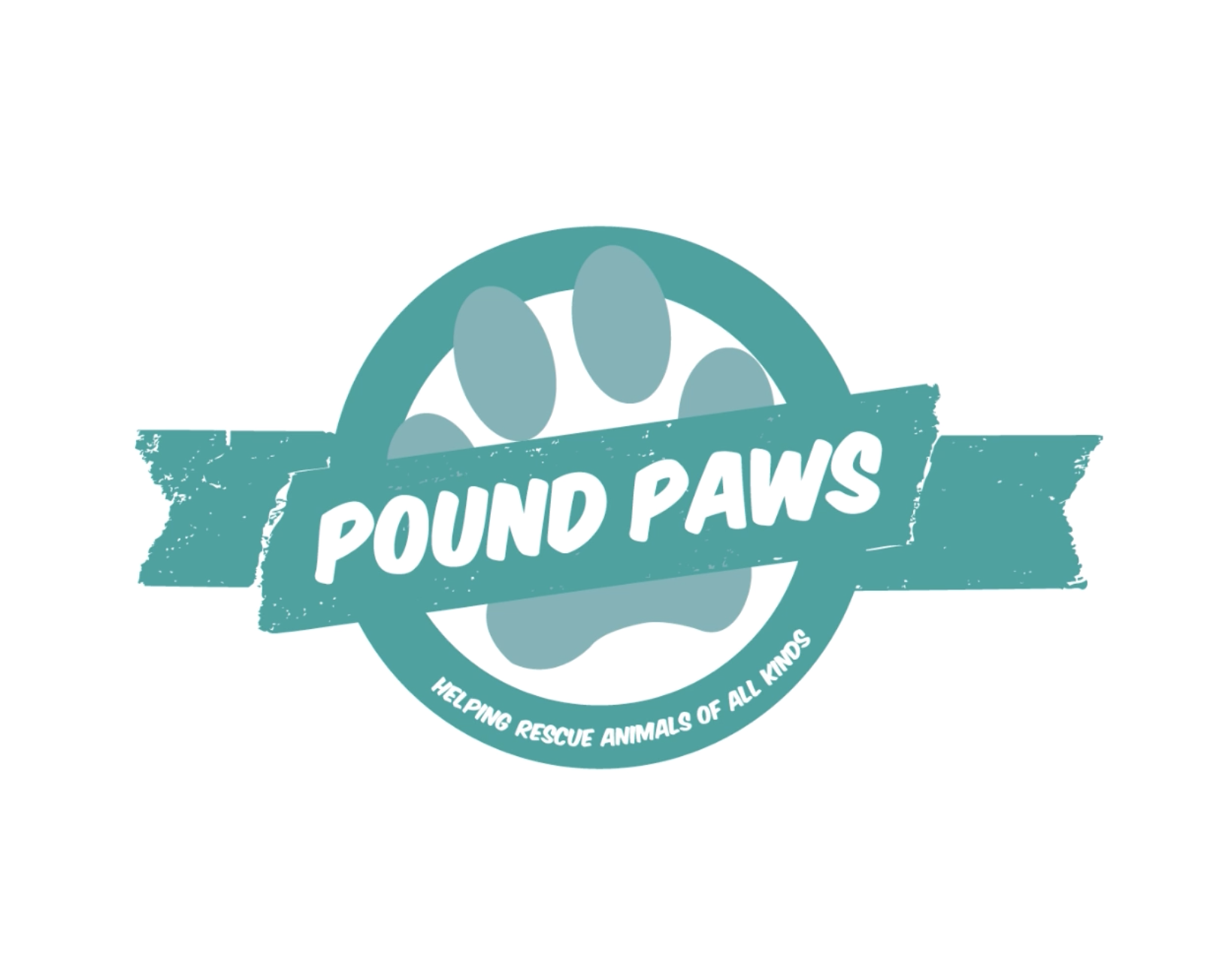6 Stress Signals in Dogs That Are Easy to Miss
- Pound Paws

- Jul 13, 2023
- 4 min read
As dogs primarily communicate with body language, it’s essential that you’re able to
recognise signs of stress.

While whining and a low tail are easily recognisable, there are other less obvious
signs that your dog could be unhappy in a situation. If you don’t recognise these
signals, you won’t be able to help your pet relax, and may accidentally make the
situation worse.
Here are six of the most common examples of canine stress signals that are easy to
miss.
Before We Start…
Dog body language is contextual. A signal’s meaning can vary depending on the
environment and situation.
For this reason, it’s important to look at the whole picture when assessing your dog’s
body language. This includes the dog’s posture, tail position, body position, what’s in
his immediate environment, and any other potential signals.
When you notice stress signals, it’s important to help your dog as quickly as
possible. Aside from being unfair on your pet, chronic stress can cause other
unwanted behaviours and medical issues. It may even lead to aggression if the dog
feels worried and unable to remove himself from the situation.
1. Lip Licking
If your do g isn’t anticipating a treat or dinner, lip licking can be a sign of stress, fear,
or anxiety. In a similar way to humans biting their fingernails or touching their face, lip licking can be used as a form of distraction when the dog is unhappy.
Also, stressful situations can cause your dog’s temperature to rise. This will result in
the production of extra saliva, which leads to increased lip licking.
So, if your dog starts licking their lips (along with other stress signals,) you should
definitely pay close attention.
2. Yawning
Just like us, dogs sometimes yawn when they are bored or tired.
However, if you notice your dog yawning several times in a row – particularly if the
yawns are prolonged – then this could be a stress indicator. A yawn in this context is
a way for the dog to release tension, in a similar way to “shaking off.”
Dogs may also use yawning to recompose themselves when they’re not sure what to
expect. You may notice your dog yawns when waiting at the vets, for example, even
though he’s well rested.
3. Lifting a Front Paw
When stressed, some dogs raise a front paw in a hesitant manner, bringing it back
close to their body. When you see your dog lifting a front paw in this manner, rather
than in a confident pausing motion, it’s a sign of stress.
Of course, paw lifting can also mean other things depending on the context. Some
dogs paw lift when on walks, for example, due to their hunting instincts. Pay close
attention to whether the paw lifting is combined with other stress signals, such as a
tail tuck.
4. Panting
While it’s normal for your dog to pant on a hot day or after exercise, this behaviour
can also be stress related.
Stressed dogs produce extra saliva and pant more than when they are comfortable
with their surroundings. Anxiety can also cause a rise in body temperature, which will
cause your dog to start panting even without any change in external temperatures.
You may find your dog also starts pacing anxiously while panting when faced with a
stressful situation.
5. Pinned Back Ears
Ears are a great indicator of your dog’s mood, so make a point of observing their
position. When dogs get stressed, they tend to rotate their ears at the base until they
are tightly pinned back against their head.
In a study of fear expressions during a firework display, for example, a pinned back
ear position was one of the most common signs of fear in dogs.
As pinned back ears are such a strong indicator of stress, try to identify any potential
factors that could be causing your dog’s anxiety whenever this occurs. If possible,
remove your dog from the situation so that he has a chance to relax.
Note: This signal can be hard to spot if your dog has floppy ears. You’ll often still
notice a backwards motion of the ears, however, even if your dog can’t pin them
back.
6. Whale Eye
Whale eye is when your dog moves his eyes without turning his head. This means
that you’ll see much more of his sclera, the white part of the dog’s eyes.
When confronted with a stressful situation, dogs often tend to freeze, especially if
they are particularly anxious or frightened. Rather than turning their head fully,
moving the eyes allows dogs to check out danger without drawing attention to
themselves by moving.
Whale eye is commonly seen in stressful situations, making it a top canine stress
sign to look out for. So, if your dog often displays whale eyes, you should probably
take time to figure out what factors could be causing his anxiety.
Summary
If your dog shows signs of stress, it’s important to take action to help your pet feel
less scared, stressed, or anxious.
This might be as simple as removing a scary object from the room or giving your dog
some time to relax away from visitors. But it could also require desensitisation
training, a health checkup, and other management techniques.
If you’re not sure what’s causing your pet’s stress, then make sure you contact a
trained behaviourist. He or she will help you uncover your dog’s stress triggers and
work on helping them relax.
A study has also found that a dogs stress levels can mirror their owners. So, if you can’t work out what’s causing your pet’s stress, this might be something to address.





Comments